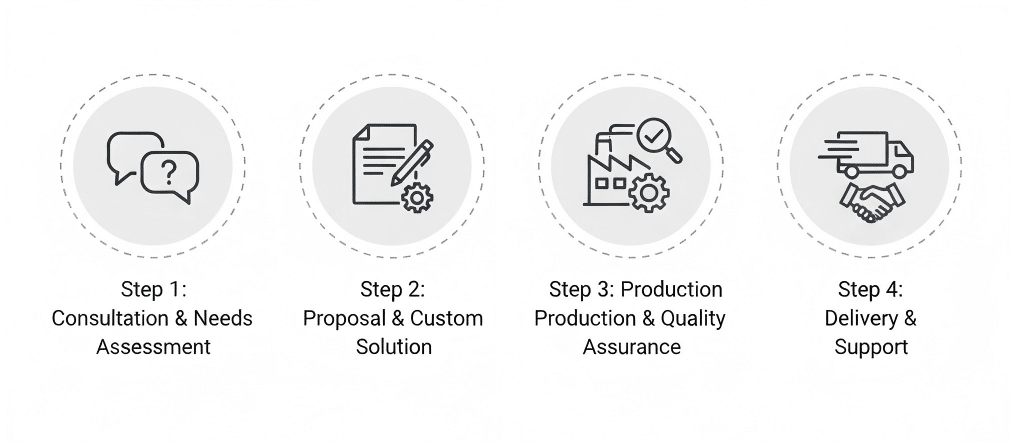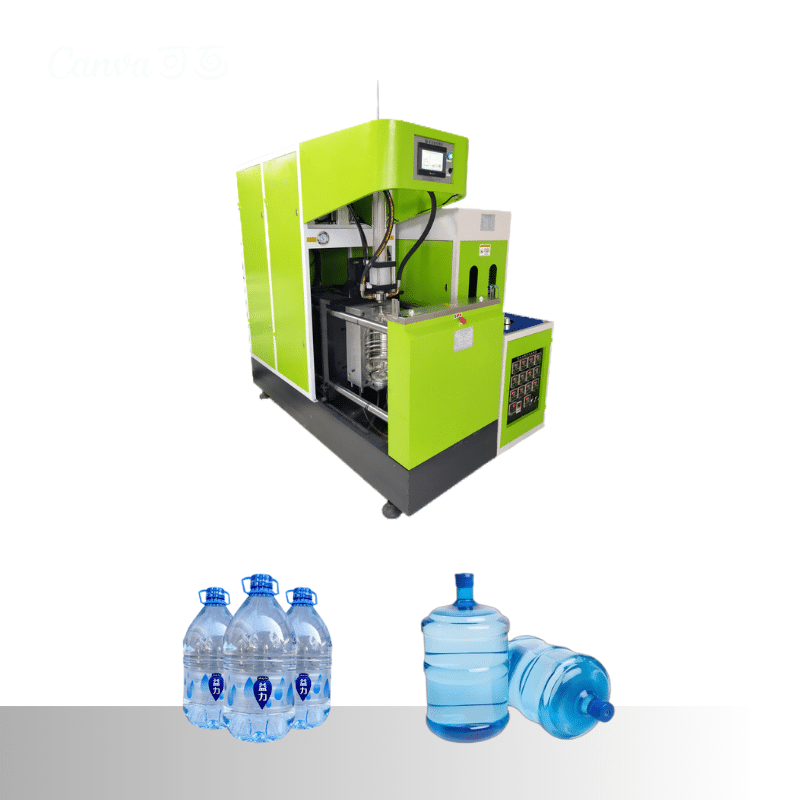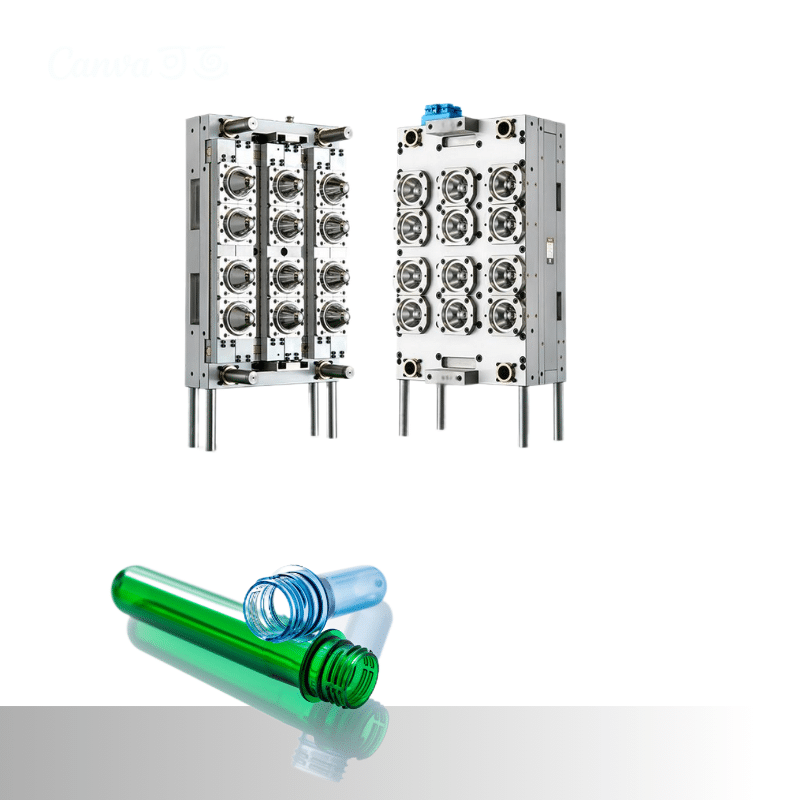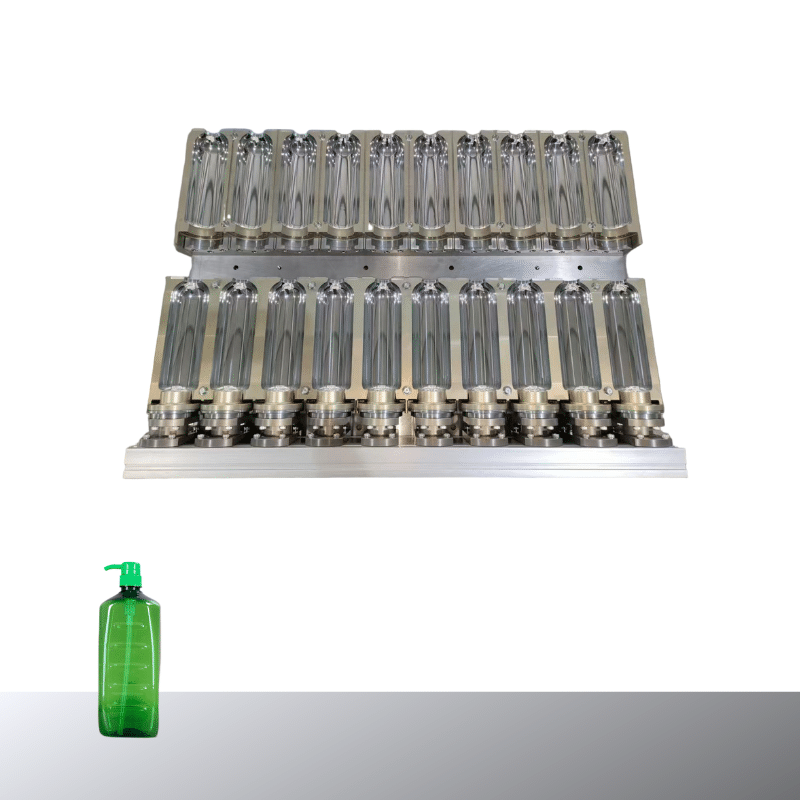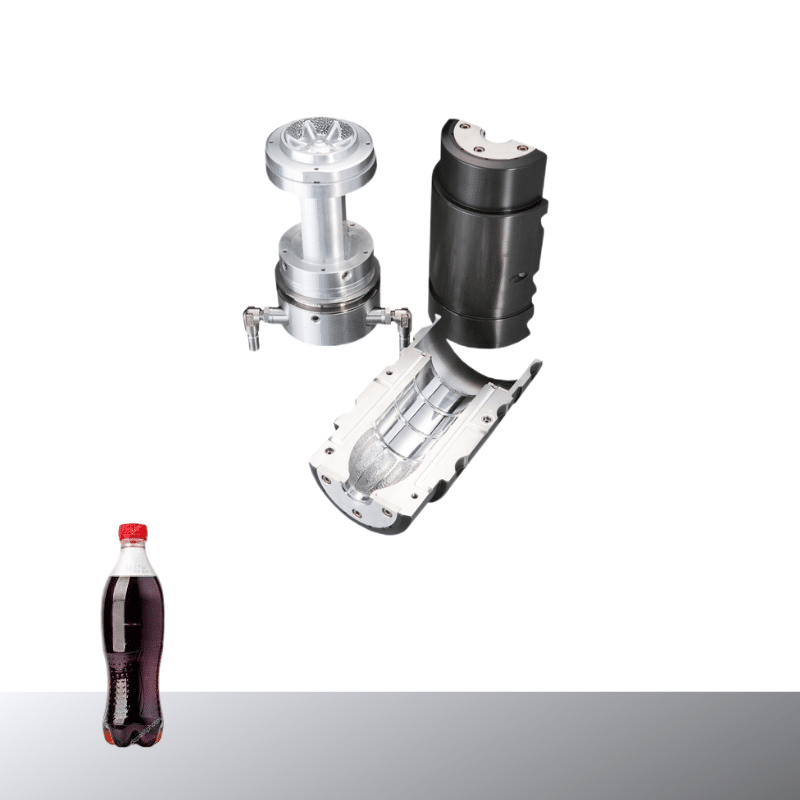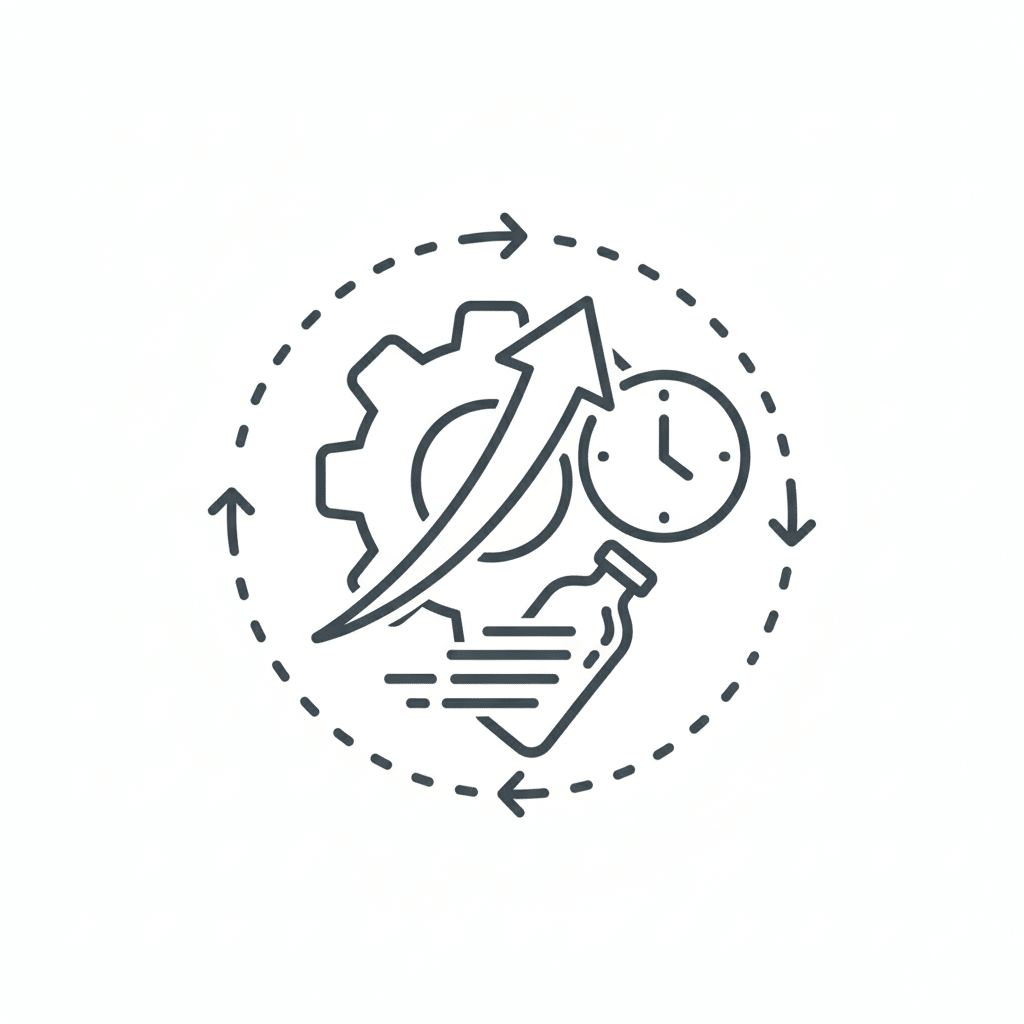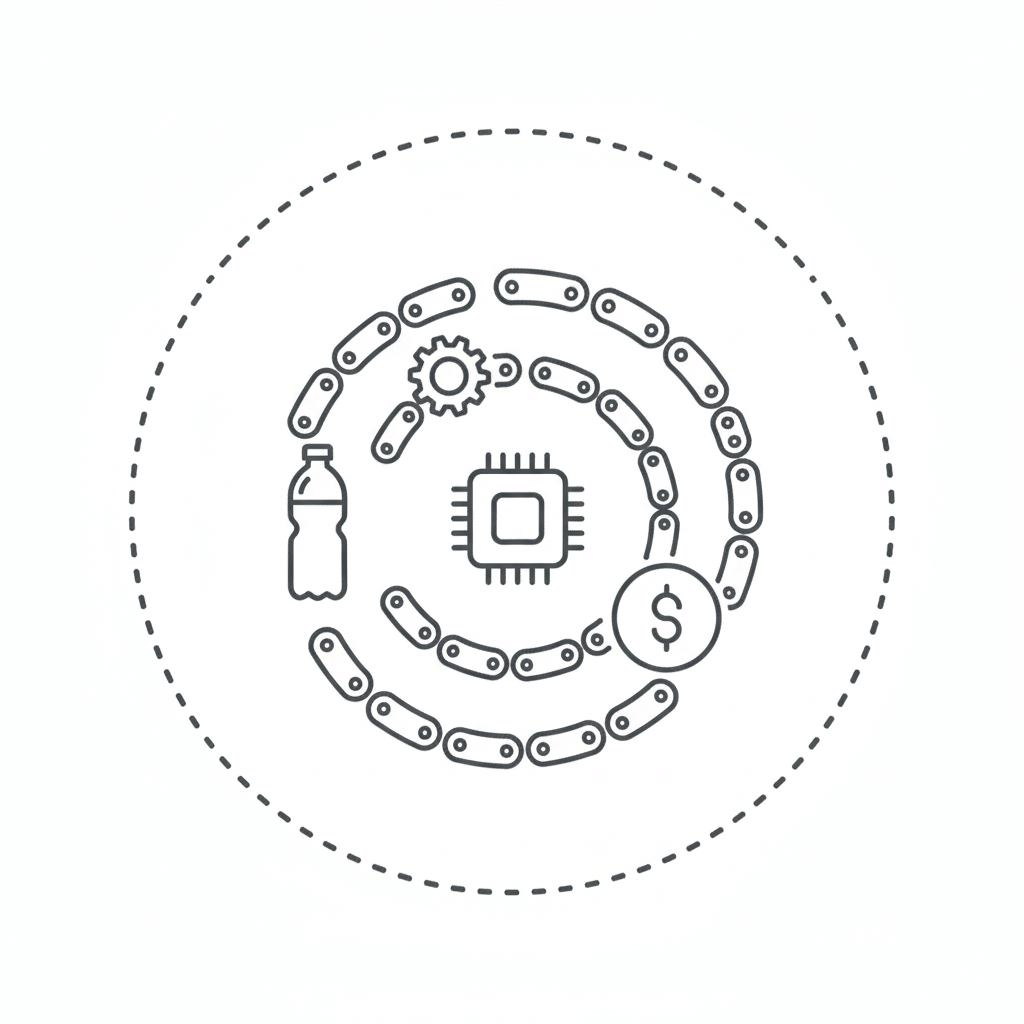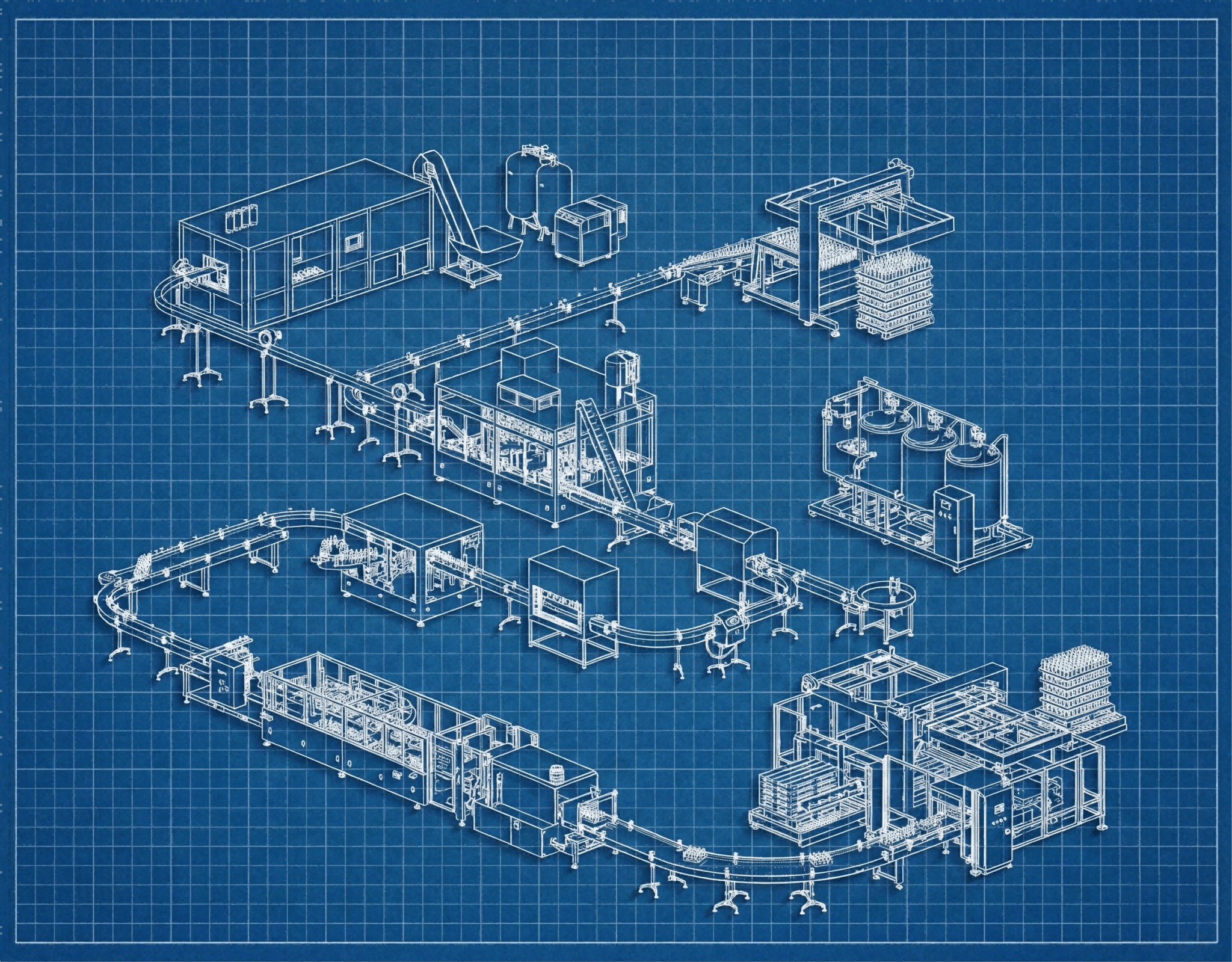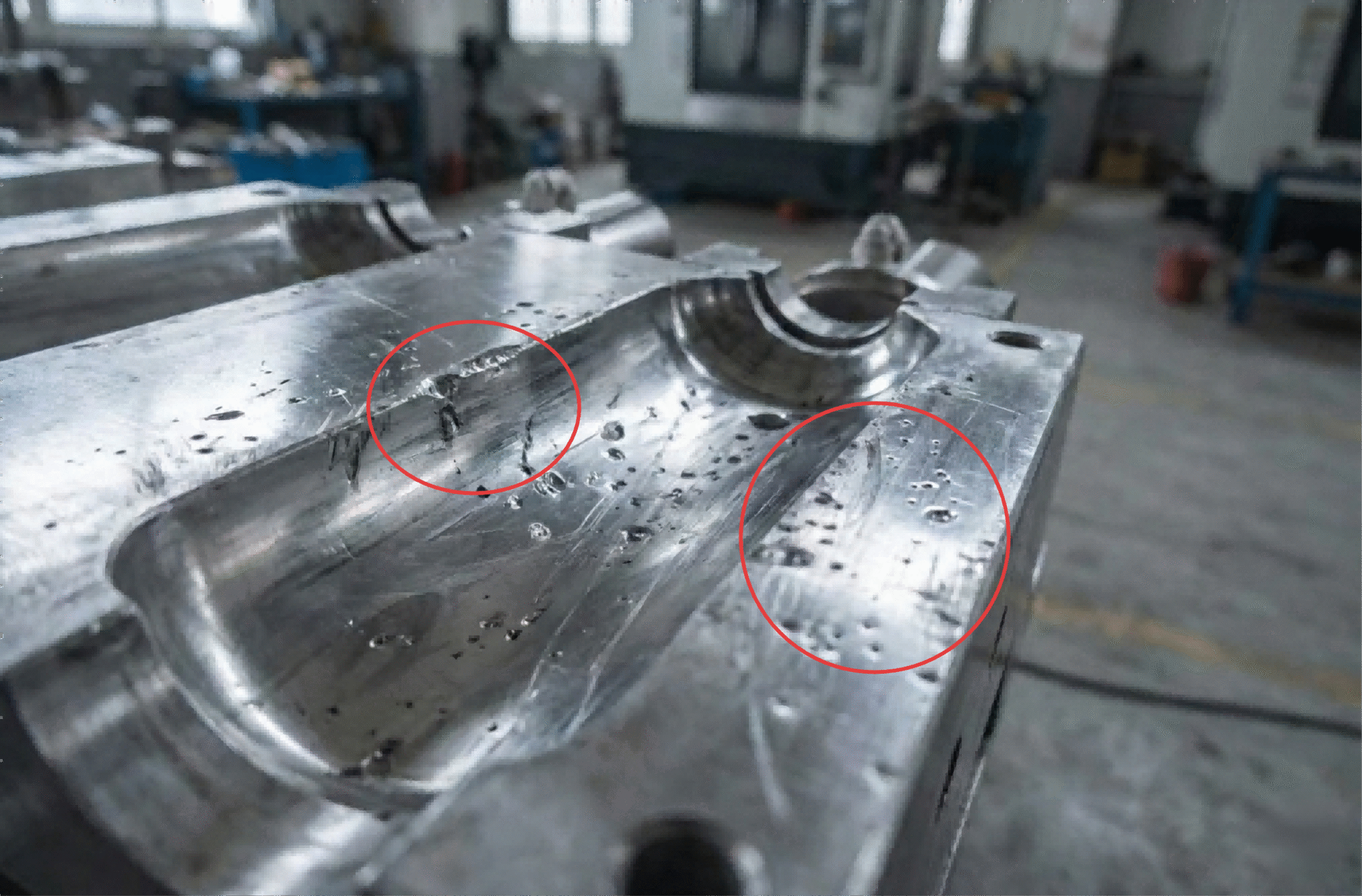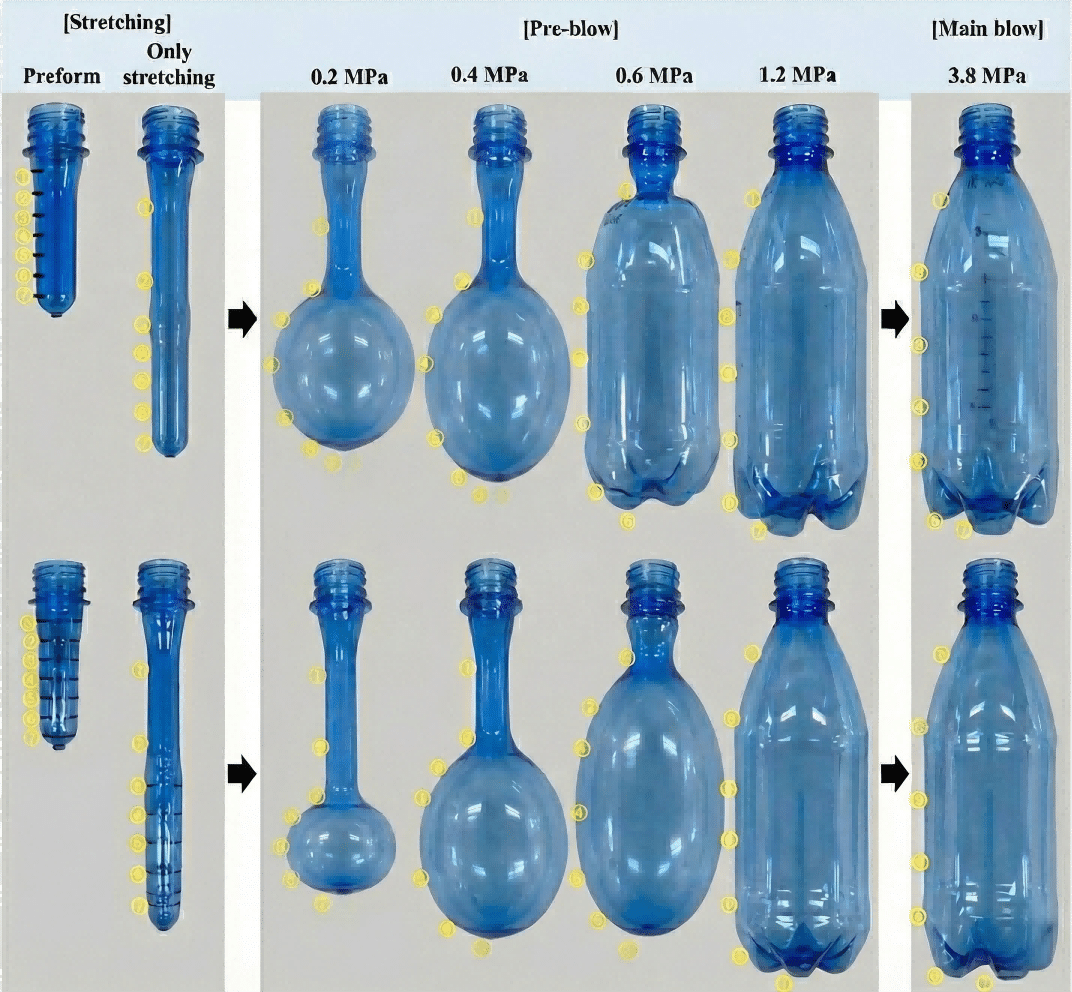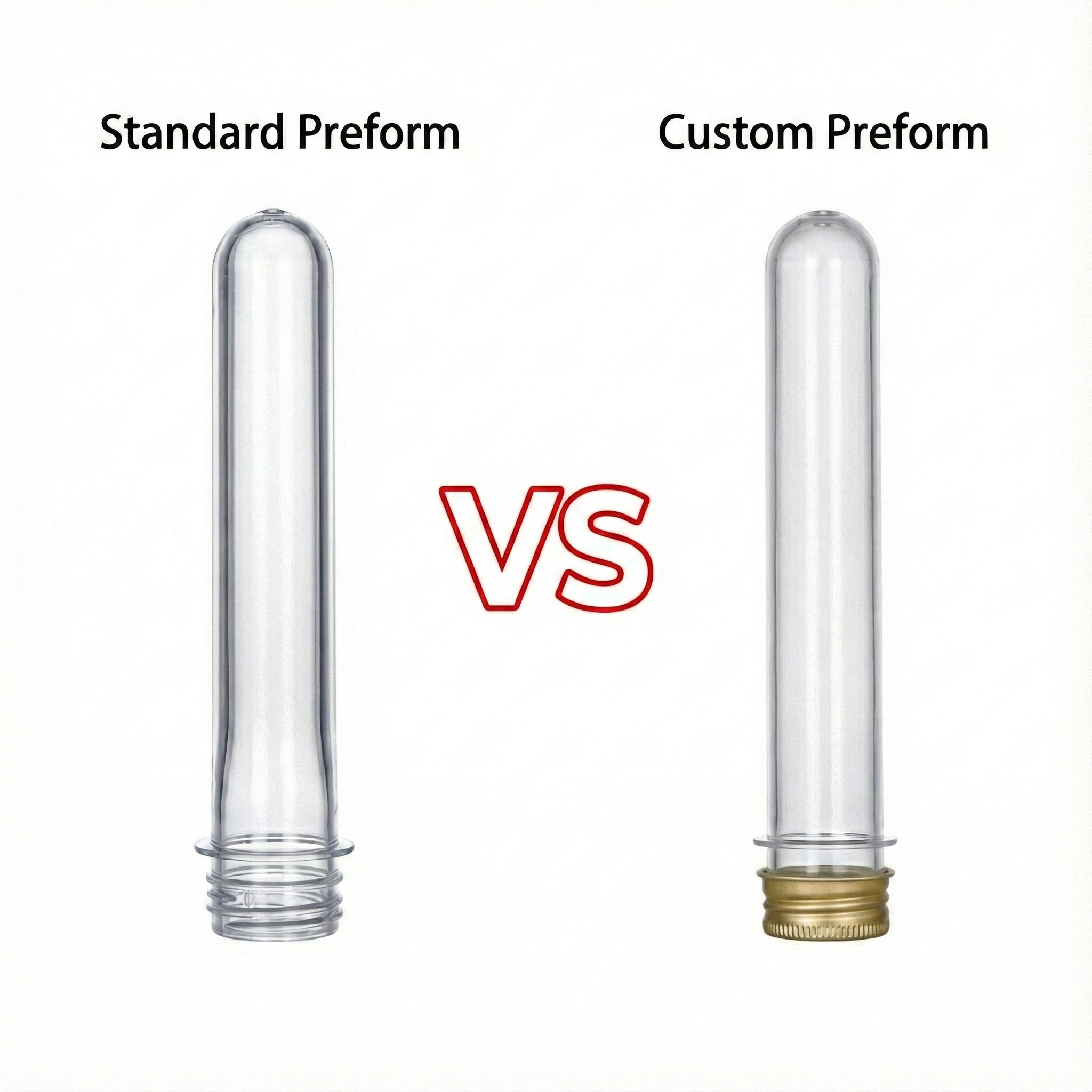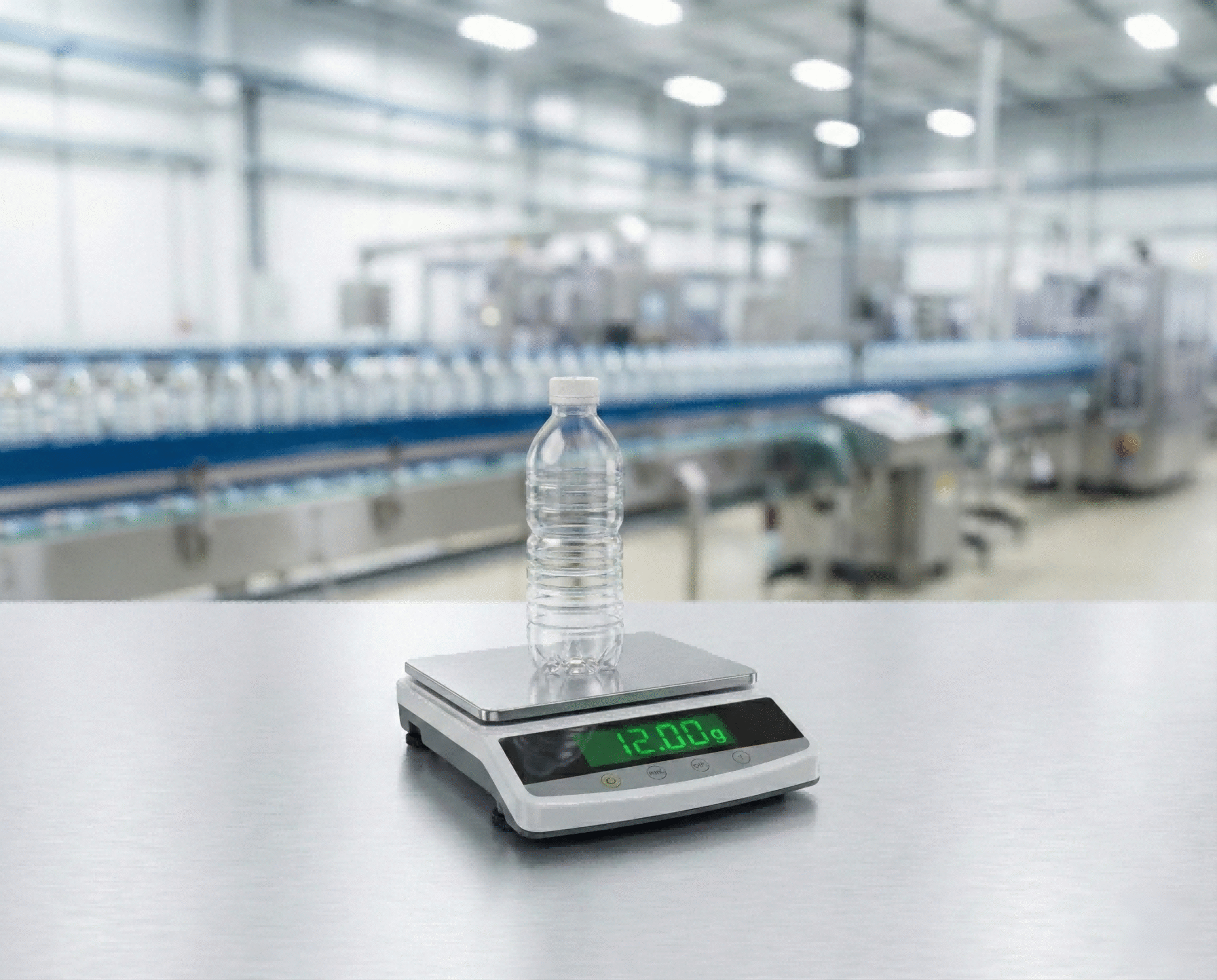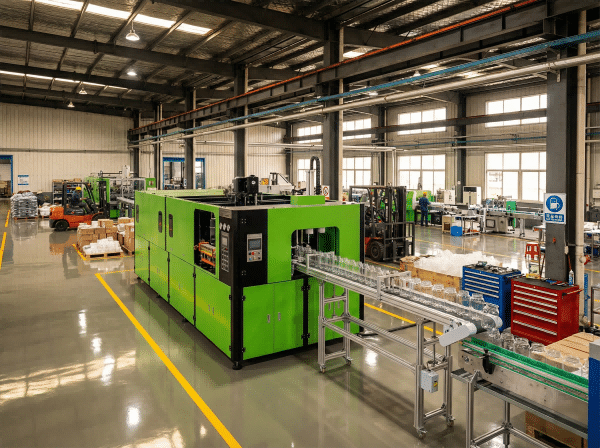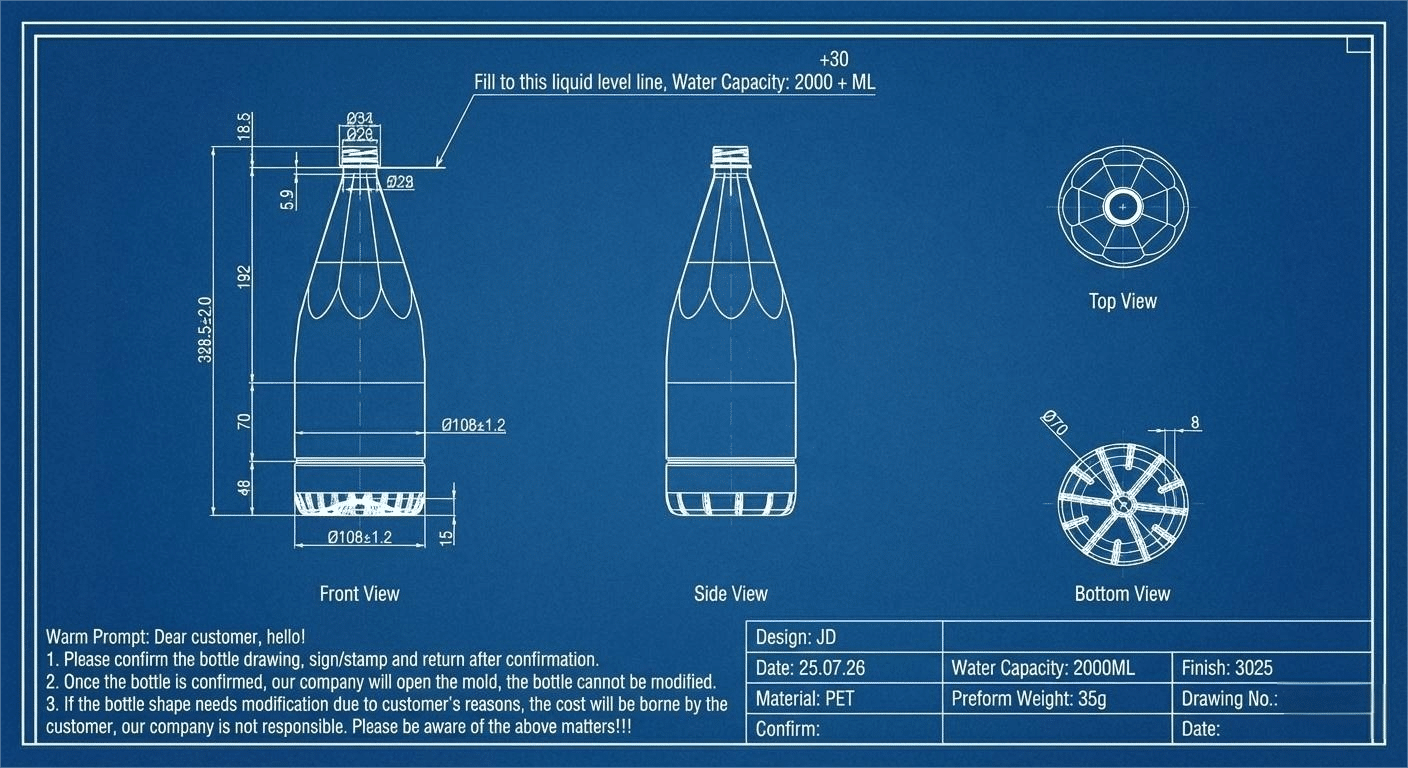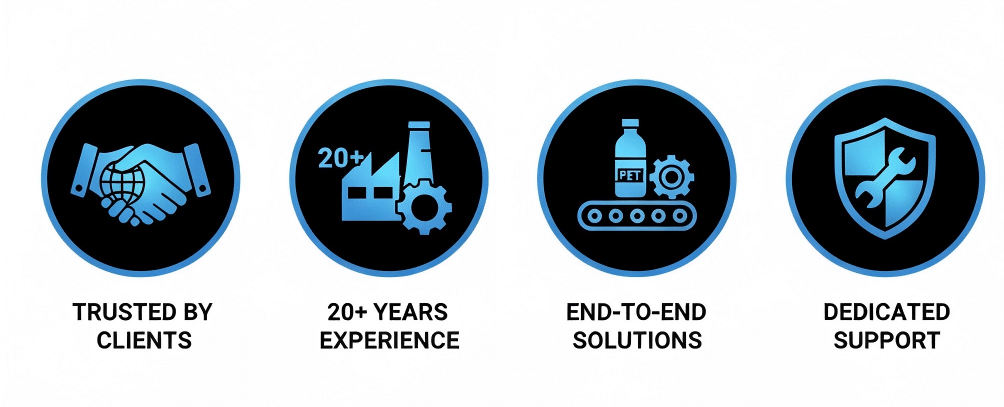
Integrated PET Bottling Solutions
Ensuring Your Project's Success
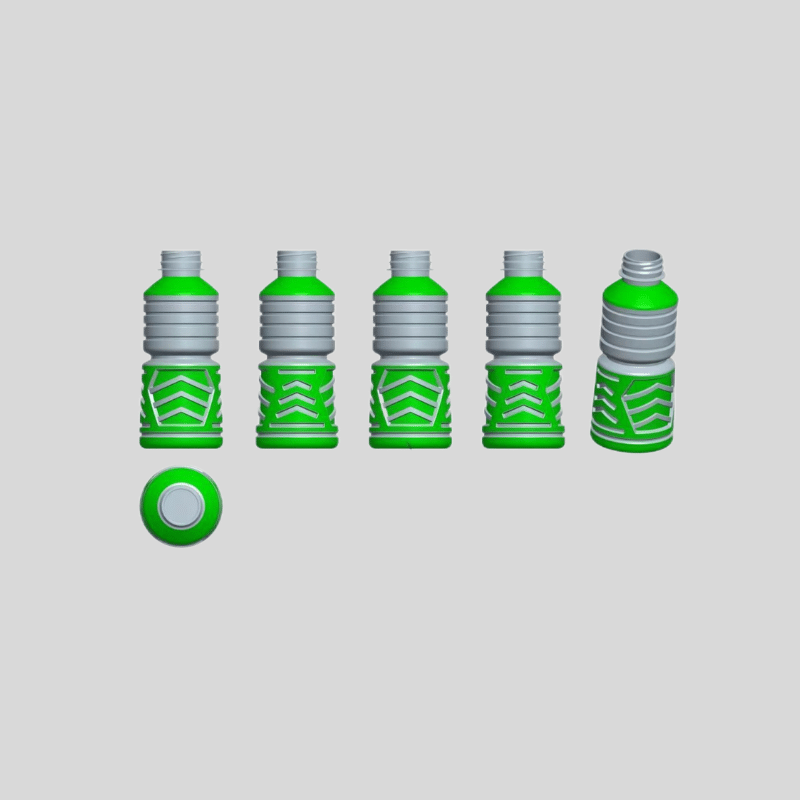
Collaborative Bottle Design

Prototype & Feasibility Approval

Real-World Performance Testing
Integrated machines & molds for max speed and quality
What can we solve?
Enhance Production Stability
Reduce Production Costs
Shorten Delivery Time
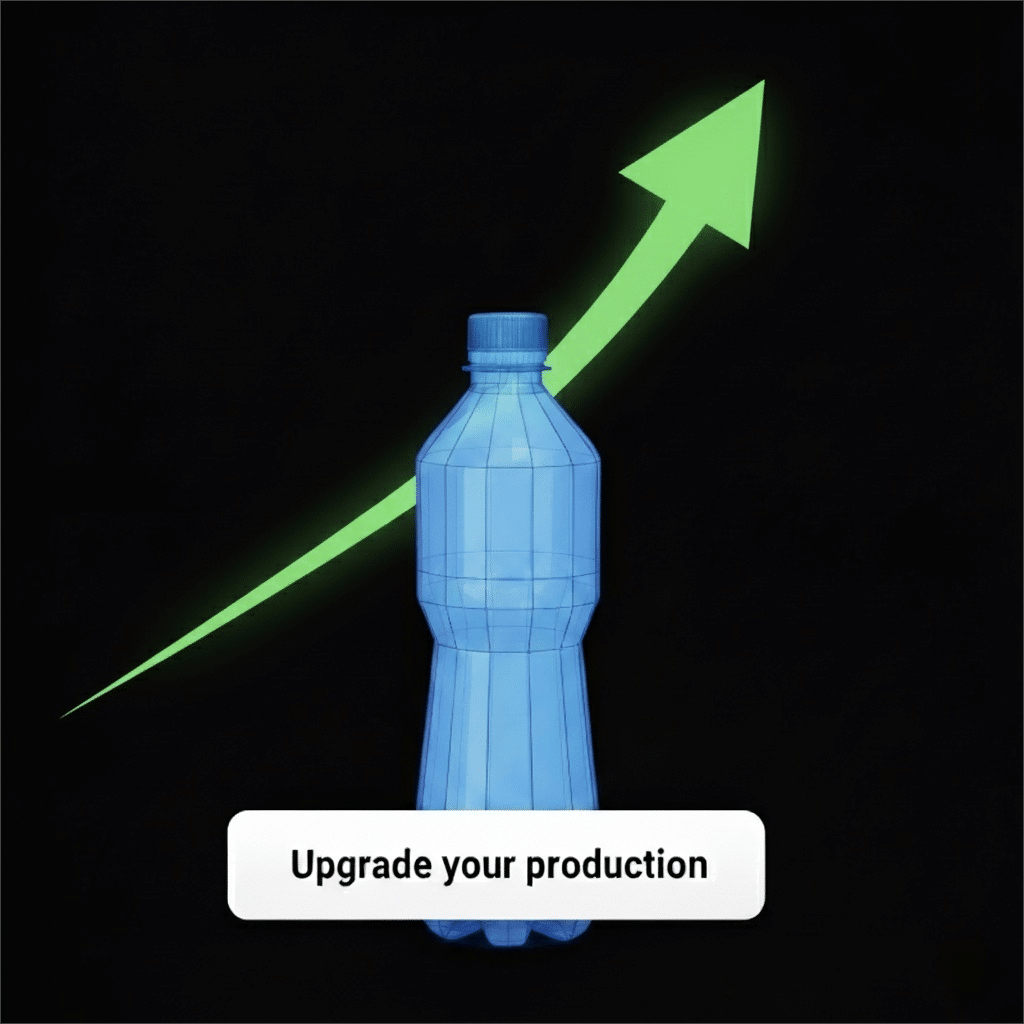
Strength factory-Jindong
Helping businesses reach their goals
Never fail, learn from the experts
Friendly and efficient business coaches
-1024x576.png)
- Some partners
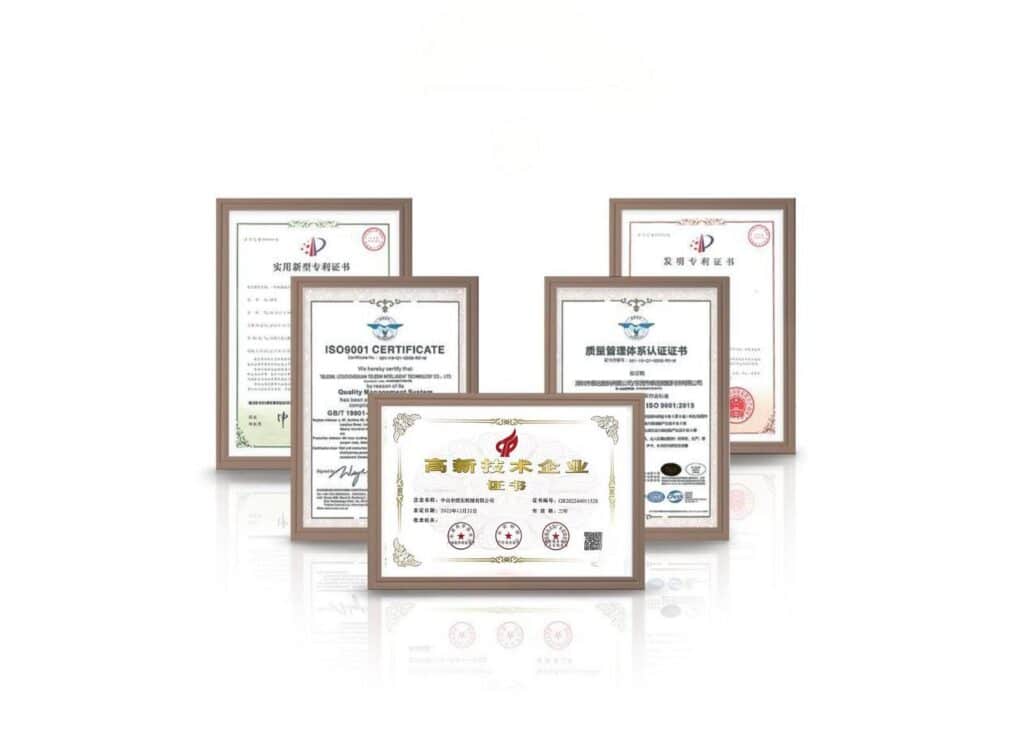
Leading Technology, Trusted Quality
Strength Testimony
Our Values
01
Free Design
Free bottle design service to meet personalized needs and optimize packaging.
02
Tailored Plans
Tailored production plans to ensure maximum production efficiency.
03
Fast Sampling
Fast sampling service to shorten development cycle and speed up market launch.
04
Expert Setup
Professional installation and commissioning services to ensure stable equipment operation.
05
24/7 Support
24/7 tech support for quick response and issue resolution.
06
Global After-Sales
Global after-sales network for long-term maintenance and tech support, ensuring continuous operation.
Their real feedback
Words From Clients

Why we choose Jindong Machinery?
As a long-term customer of this factory, I am deeply satisfied with their credit and service. They consistently provide high-quality PET blow molding machines and molds with excellent product quality, which gives me an advantage in the market competition. Every time we have a problem, their after-sales service responds quickly and always provides professional technical support at the first time to ensure the smooth operation of the production line. What I appreciate more is that they pay great attention to communication with customers and are willing to listen to our needs and feedback.
"Professional Team"

"Good after-sales service"

"High quality"

.png)
Solve your problems effectively
FAQ
A: Yes, we have a professional installation team with rich installation experience and can provide on-site installation service to ensure that your equipment is put into production quickly. Our engineers will provide you with detailed operation training during the installation process to help your team get started as soon as possible.
A: We value after-sales service and have a professional team on standby to provide timely remote technical support and maintenance services. In addition, we provide spare parts services to ensure the normal operation of the equipment, minimize downtime, and protect your production.
A: Of course, we have a database of more than 80% brands of blow molding machine molds, which can be well matched with your blow molding machine. Of course, we will also assist you in measuring the installation data of the mold to ensure that the installation size is correct and can be 100% produced.
A: Our blow molding machines are made with high-precision processing equipment after 20 years of factory experience. The core parts of the machine are made of high-quality materials to ensure stability and durability even under long-term production. We also provide long-term after-sales support so that you don’t have to worry about it. docking, according to your factory to provide the whole line design and planning, to product customization, installation and commissioning to produce bottled mineral water.
Vivian
Overseas Manager & Website Founder
# what are you looking for ?
a technical problem solver !
our 4 Steps: Consult, Plan, Produce, Deliver.
Quick Order, Done
